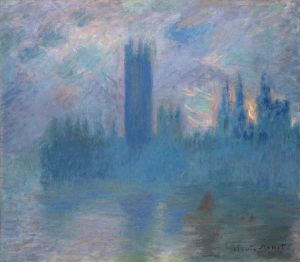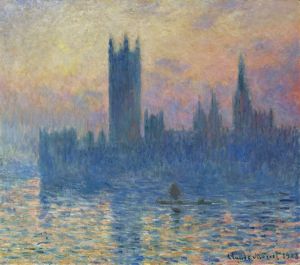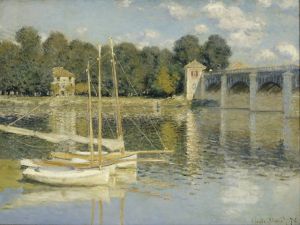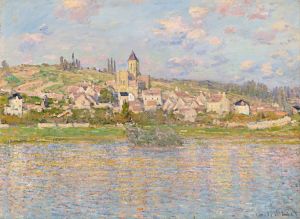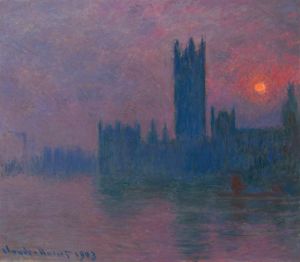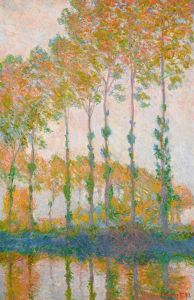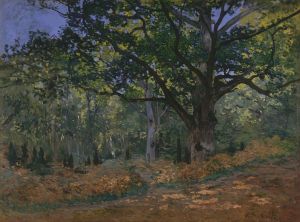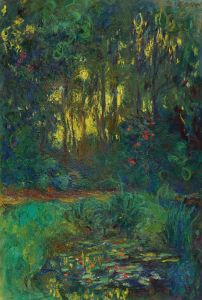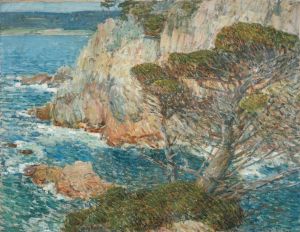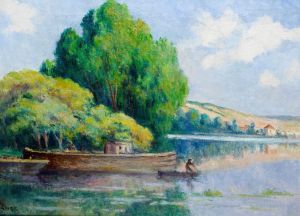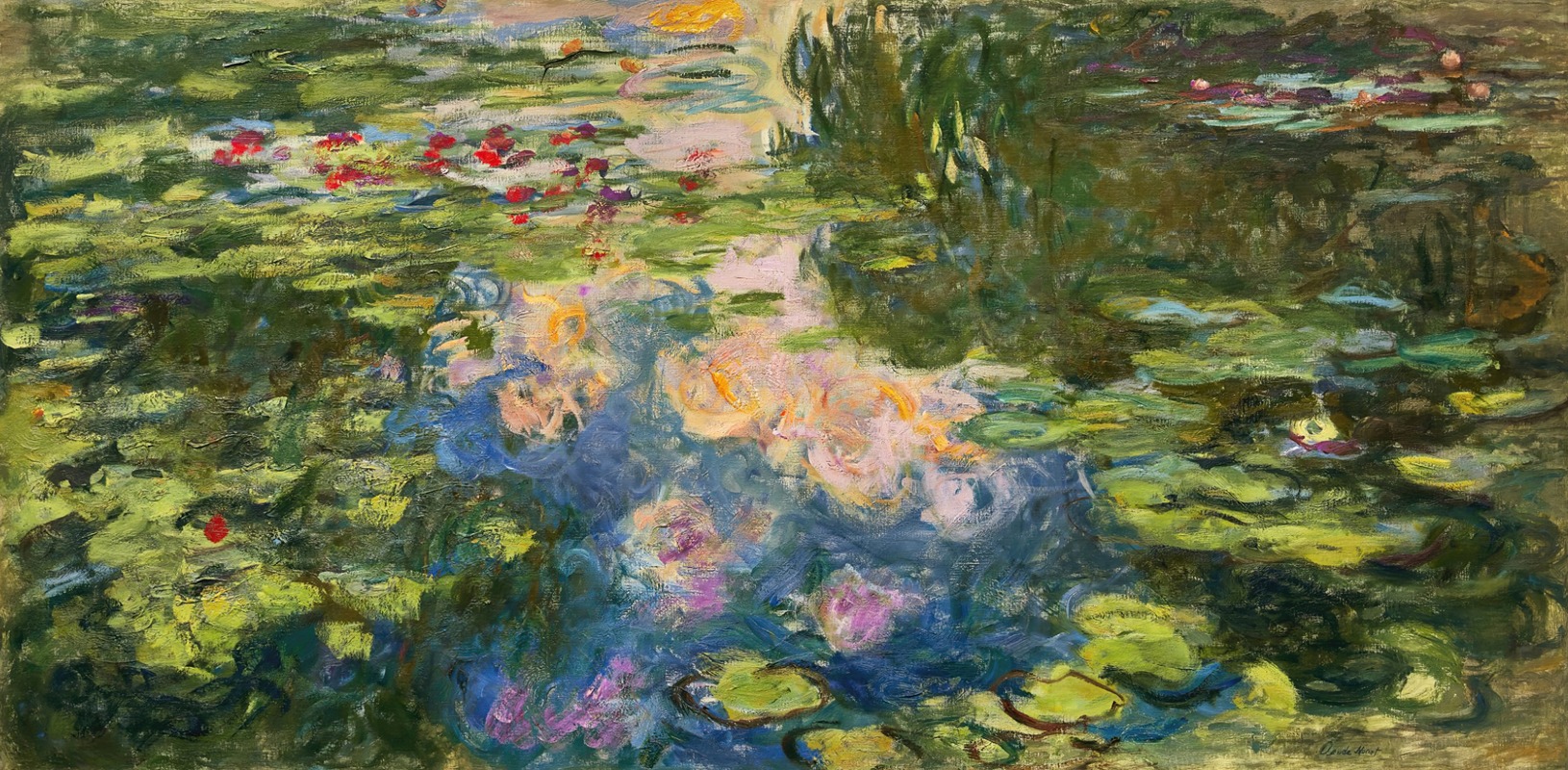
Le Bassin aux nymphéas
A hand-painted replica of Claude Monet’s masterpiece Le Bassin aux nymphéas, meticulously crafted by professional artists to capture the true essence of the original. Each piece is created with museum-quality canvas and rare mineral pigments, carefully painted by experienced artists with delicate brushstrokes and rich, layered colors to perfectly recreate the texture of the original artwork. Unlike machine-printed reproductions, this hand-painted version brings the painting to life, infused with the artist’s emotions and skill in every stroke. Whether for personal collection or home decoration, it instantly elevates the artistic atmosphere of any space.
"Le Bassin aux nymphéas" (The Water Lily Pond) is one of the most celebrated works by the French Impressionist painter Claude Monet. This painting is part of a larger series of approximately 250 oil paintings known as the "Water Lilies" series, which Monet created during the last three decades of his life. The series is renowned for its depiction of Monet's flower garden at his home in Giverny, France.
Monet began working on the "Water Lilies" series in the late 1890s and continued until his death in 1926. The series captures the changing qualities of light and color in his garden, focusing on the water lilies floating on the pond, the reflections of the sky, and the surrounding vegetation. "Le Bassin aux nymphéas" exemplifies Monet's dedication to capturing the transient effects of light and atmosphere, a hallmark of the Impressionist movement.
The painting is characterized by its loose brushwork, vibrant color palette, and innovative composition. Monet's technique involved layering colors and using short, rapid brushstrokes to create a sense of movement and spontaneity. This approach allowed him to convey the shimmering effects of light on water and the subtle interplay of colors in nature. The composition often lacks a clear focal point, inviting viewers to immerse themselves in the scene and experience the tranquility and beauty of the pond.
Monet's garden at Giverny was meticulously designed to serve as a living canvas for his artistic explorations. He constructed a Japanese-style bridge, planted exotic flowers, and cultivated a variety of water lilies, which became the primary subjects of his paintings. The garden itself was a source of inspiration and solace for Monet, particularly as he faced personal challenges, including the loss of his wife and struggles with deteriorating eyesight.
"Le Bassin aux nymphéas" and the broader "Water Lilies" series are significant not only for their aesthetic qualities but also for their influence on modern art. Monet's exploration of color, light, and abstraction paved the way for later artistic movements, including Abstract Expressionism. Artists such as Jackson Pollock and Mark Rothko drew inspiration from Monet's innovative techniques and his ability to evoke emotion through color and form.
Today, many of Monet's "Water Lilies" paintings are housed in major museums around the world, including the Musée de l'Orangerie in Paris, which features a specially designed space to display the works in a panoramic format. This immersive presentation allows visitors to experience the paintings as Monet intended, surrounded by the serene beauty of his garden.
"Le Bassin aux nymphéas" continues to captivate audiences with its timeless beauty and its reflection of Monet's mastery of capturing the ephemeral qualities of nature. The painting remains a testament to Monet's enduring legacy as a pioneer of Impressionism and a visionary artist who transformed the way we perceive the natural world.





